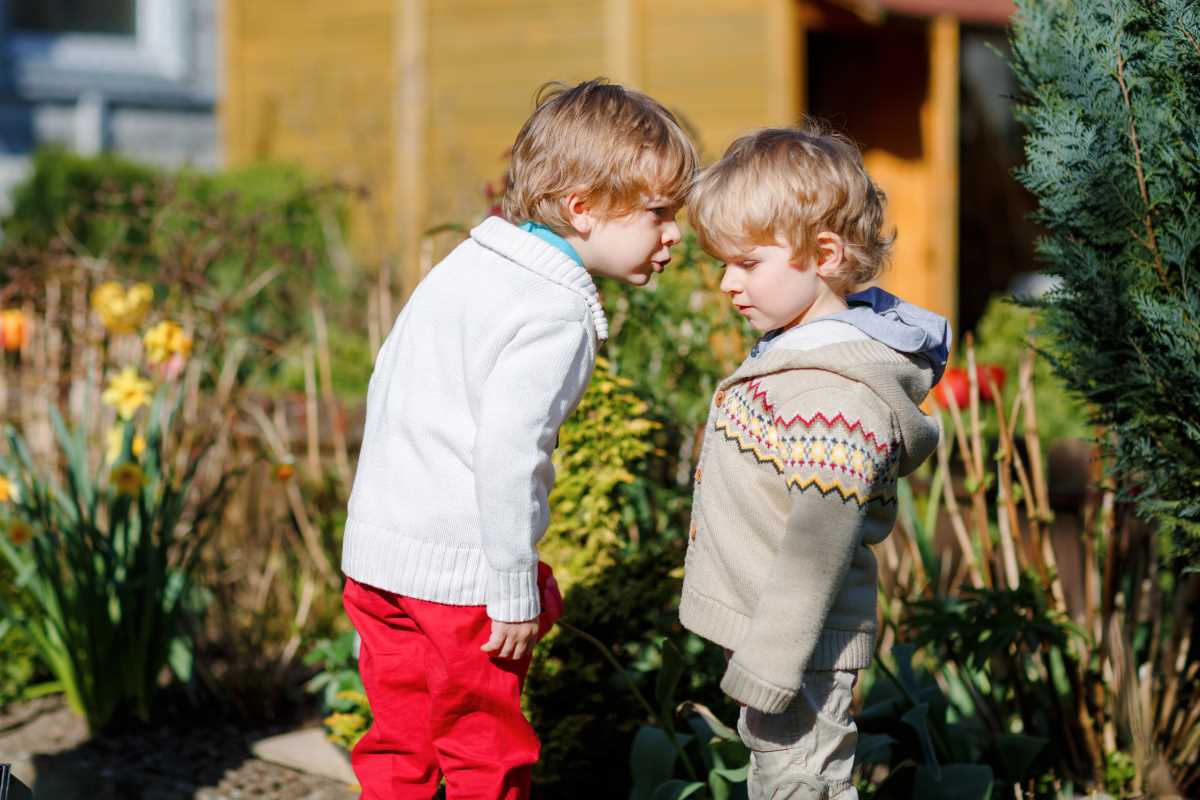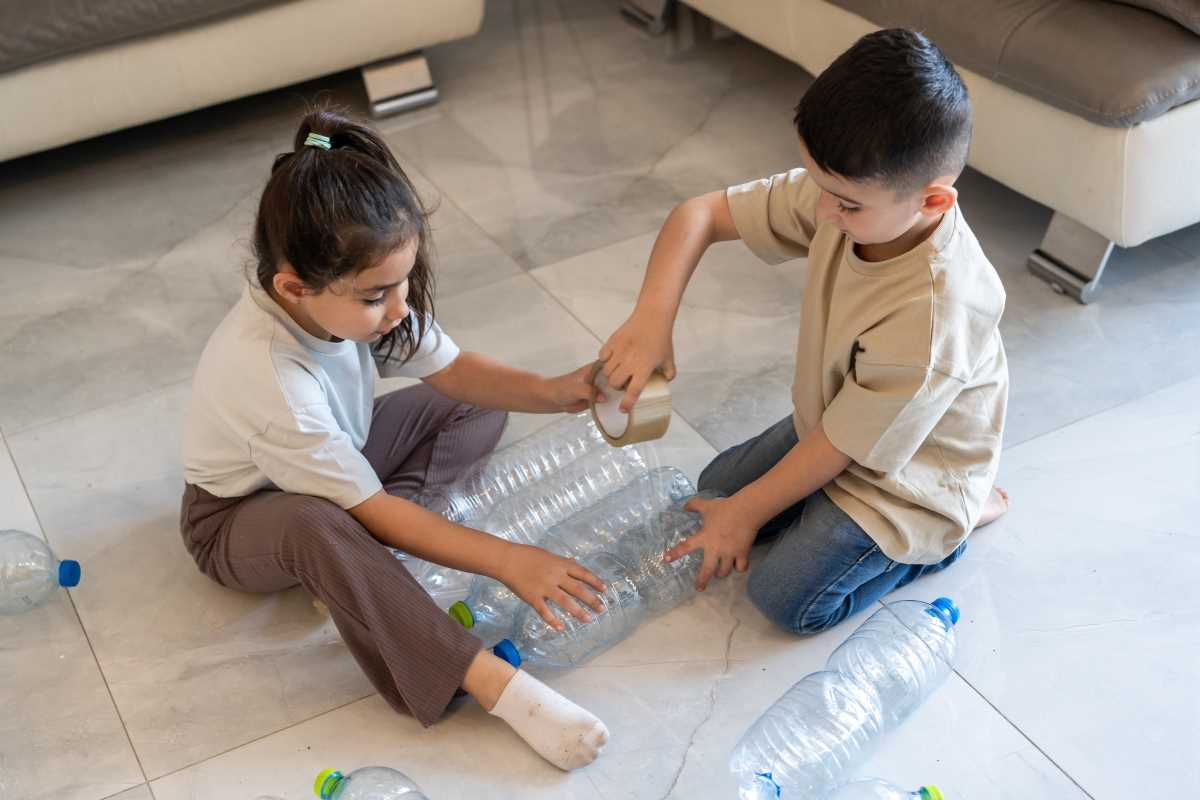Families often discover a sense of excitement and connection when they take on meaningful projects that support their community. By volunteering as a group, everyone has the chance to try something new, build valuable skills, and share memorable moments together. These shared activities can bring people closer, as each person contributes their unique perspective and energy. Selecting opportunities that fit different age groups, interests, and comfort levels ensures that every participant feels included and valued. As you plan your next outing, look for ways to make the experience enjoyable and rewarding for everyone, creating lasting bonds and positive memories.
Planning a day of service can also become a shared adventure rather than a chore. By picking a mix of outdoor, indoor, and creative tasks, families stay engaged and avoid burnout. Keep schedules flexible, pack snacks, and encourage each person to share what they hope to learn or achieve.
How Volunteering Together Benefits Families
When families roll up their sleeves side by side, they explore real-world challenges and solutions together. Kids develop empathy by meeting neighbors in need. Teens gain confidence when they lead small tasks. Adults set positive examples by showing kindness in action. That shared sense of purpose strengthens trust, sparks fun conversations, and creates genuine moments of pride.
Those moments stick long after the project ends. Families build a toolkit of memories they can revisit and build on in future volunteer efforts. By tackling small goals together—sorting donations, planting community gardens, delivering meals—each member learns to solve problems and adapt on the fly.
Project Ideas Suitable for Different Ages
Select projects that match energy levels, attention spans, and skill sets. Tailoring tasks to each family member avoids frustration. Younger children thrive on simple actions like sorting or planting seeds. Older kids and adults can take on roles that require more planning or physical effort.
- Community Garden Planting: Little hands handle seed packets, older ones dig and water. Soil preparation teaches science and responsibility.
- Sorting and Packing Care Kits: All ages label boxes, fill toiletry bags, and write encouraging notes for distribution to shelters.
- Storytime Visits at Libraries or Care Homes: Young readers practice reading aloud, while older siblings help set up and chat with visitors.
- Neighborhood Cleanup: Provide gloves and grabbers for kids, ask teens to map litter hotspots, and let adults haul bags to collection points.
- Meal Delivery with *Meals on Wheels*: Teens drive routes under supervision and younger children decorate care cards.
Tips for Planning and Managing Details
Good planning turns volunteer days into smooth, enjoyable adventures. Lay out tasks and timing in advance, then gather any supplies or permissions required. Use checklists to track assignments, carpool plans, and snack breaks.
- Set Clear Roles: Assign tasks based on ages and strengths—kids collect recyclables while teens document progress with photos.
- Confirm Details: Check location hours, parking rules, and any waivers. Call ahead to verify volunteer guidelines.
- Pack Essentials: Bring water bottles, sun protection, gloves, first-aid kit, and name tags for new friends you meet.
- Plan Breaks: Schedule short rest stops. Let children share discoveries or ask questions about the work they’re doing.
- Record Highlights: Encourage each person to note a favorite moment or lesson learned to share later.
Consistent communication helps everyone stay motivated and feel included. Make check-ins part of the plan so you can adapt if someone feels overwhelmed or wants a new challenge.
Incorporating Learning and Skill Development
Volunteering becomes an ideal classroom when families reflect on each activity. Ask questions like “What surprised you?” or “How could we make this process even better next time?” These moments turn simple tasks into critical-thinking exercises.
Many organizations offer brief orientations that teach specific skills—first aid, wildlife handling, or digital media basics for promoting causes. Signing up for those sessions together turns service into a stepping-stone for new hobbies or future careers.
Building Family Bonds Through Service
Shared challenges bring people closer. When a family works through muddy patches to plant shrubs or packs hundreds of meals side by side, they celebrate success together. Create traditions around service days, like ending with a homemade picnic or sharing photos in a scrapbook.
Encourage each person to take turns leading a mini-reflection. A simple question like “What did you like most?” can spark laughter and honest feedback. Those rituals cement the feeling that every contribution matters equally.
Plan, learn, and work together to create meaningful giving experiences. Each project helps families gain knowledge and enthusiasm for future service opportunities.







